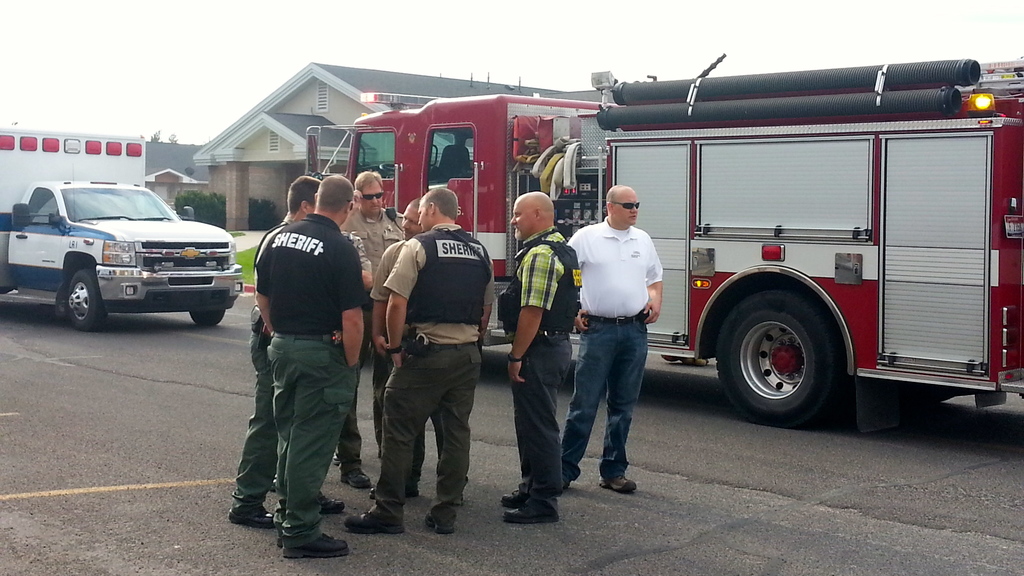Idaho doesn’t have any persistently dangerous schools, but that doesn’t mean they are all safe either.

Although arson, battery, gun violations and sexual offenses occur in Idaho, no school has made the federally required list of persistently dangerous schools.
“In my knowledge, we’ve never had any persistently dangerous school in Idaho – the bar is quite high,” said Matt McCarter, the state’s director of student engagement and postsecondary readiness.
McCarter is also the point person on a school safety and security task force convened by Superintendent of Public Instruction Tom Luna to improve safety in schools.
“Are there incidents?” McCarter said. “Yeah, you bet. There are violations of weapons policies every year.”
In Idaho, a school makes the list if one of the following occurred in the same school for three consecutive years:
- Homicide.
- Sexual offense.
- Kidnapping.
Or if one of the following happens:
- At least 1 percent of a school’s student body was expelled.
- Three or more students were charged with violent criminal offenses or violations of school’s gun-free zones.
The list exists is so students would be allowed to transfer out of dangerous schools, and so resources, interventions and training would flow to schools on the list.
In other states, the issue is more of a problem. In July, the Baltimore Sun reported that eight Baltimore City schools wound up on Maryland’s list — although the specific criteria to make the list varies from state to state.
Maintaining the data and persistently dangerous list is requirement of the federal No Child Left Behind Act.
The safe and drug free program hasn’t been funded federally since 2010, which is the same year Idaho budget writers shifted safe and drug free state funding into operational budgets in response to the Great Recession.
Still, the persistently dangerous list and reporting requirements remain as states back away from No Child Left Behind and Congress ponders the next move.
But McCarter and task force members aren’t waiting on the feds. Last month he told members of the Legislature’s K-12 interim committee that there was a great disparity between Idaho schools’ preparation and ability to respond to safety issues.
“We see preparedness as all over the map,” McCarter said at the time.
- The task force has called for creating an Idaho Center for School Safety that would serve as a clearinghouse for information, resources and training.
- Meanwhile, the State Department of Education, where McCarter works, is working with individual schools districts to complete local threat assessments. The department’s goal is to have threat assessments in 75 of the state’s 115 districts completed by January, when the legislative session begins.
- And Superintendent of Public Instruction Tom Luna’s FY2015 budget request calls for spending nearly $2.4 million under the umbrella of school safety and security.
Until the funding picture becomes clearer and the Center for School Safety is launched, McCarter is urging all school officials to open a dialogue with local law enforcement officials and complete the threat assessment. He also urged parents to ask their local principal about school safety plans, ensure their contact information is up-to-date and make sure they know what parents are asked to do in the event of an evacuation or lockdown.
“School violence is certainly not a school issue alone; it’s a community issue,” McCarter said. “Part of the message for local schools and districts is not to wait for the state to say ‘Here’s the answer.’”
